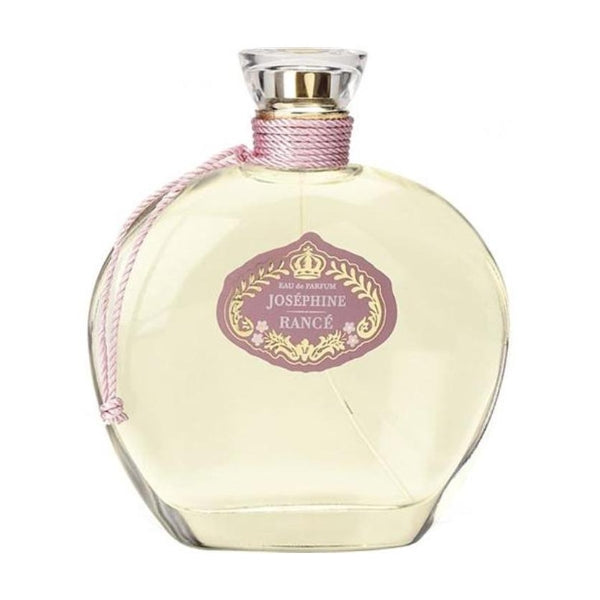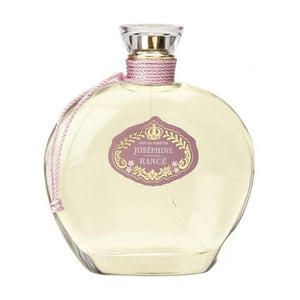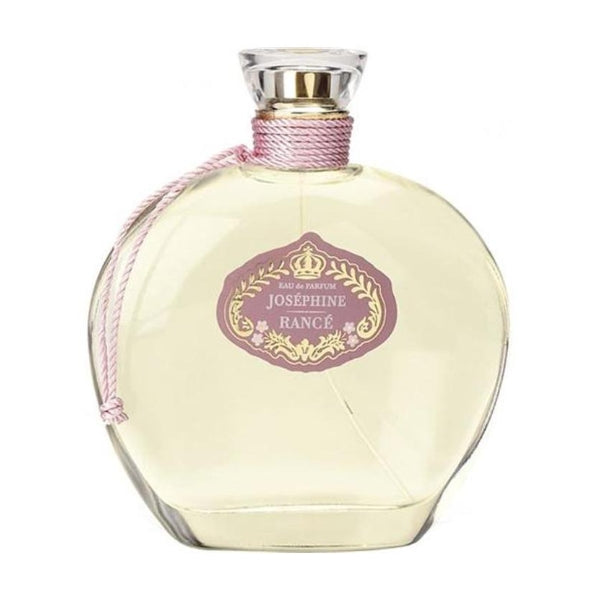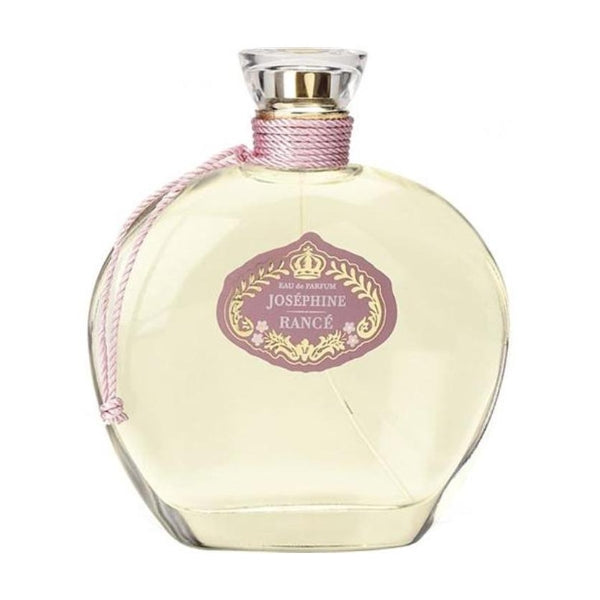On the occasion of her coronation on 2 December 1804, Napoleon commissioned court perfumer François Rancé to create a fragrance for his ‘incomparable Joséphine’, the ‘most graceful woman in the world’, which would live up to her title as Empress of Roses and reflect her character.
No easy task, as the petite Creole with her exotic accent was a woman full of charm, spontaneity and grace, generous and carefree, but also extravagant, pleasure-seeking and irreverent. Two flowers accompanied her throughout her life: Joséphine was a rose lover and wore the title ‘Rose Empress’ with pride.
In the same year she was crowned empress, she began planting a rose garden on her estate at Malmaison, which was to become the most beautiful of its time and sparked a veritable rose craze. No one before or after her has ever had such a profound influence on the culture and cultivation of roses in France. It was not until the 19th century that rose gardens were replaced by the fashion for landscape gardens.
It was also the violet that became the symbol of love between Napoleon and Joséphine: when Napoleon saw her for the first time and fell madly in love with her, Joséphine Beauharnais wore a wreath of violets in her hair. Her wedding dress was also decorated with violets. Napoleon sent her bouquets of violets on their wedding anniversary throughout his life, and even from the battlefields he never failed to send her this token of his love. When the violets were missing on their wedding anniversary in 1808, the childless Joséphine knew that their divorce was imminent.
Both flowers were to become central components of the fragrance. François Rancé spent months composing the fragrance and finally presented Napoleon with ‘Joséphine’, which became one of the best-selling fragrances of its time.




